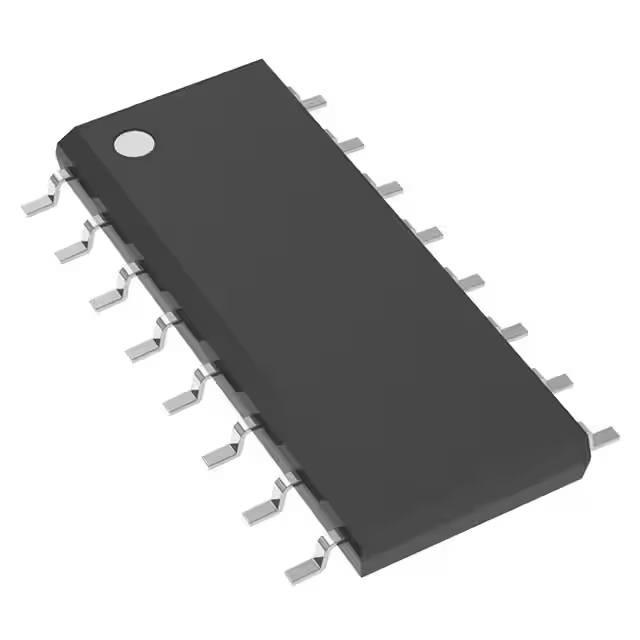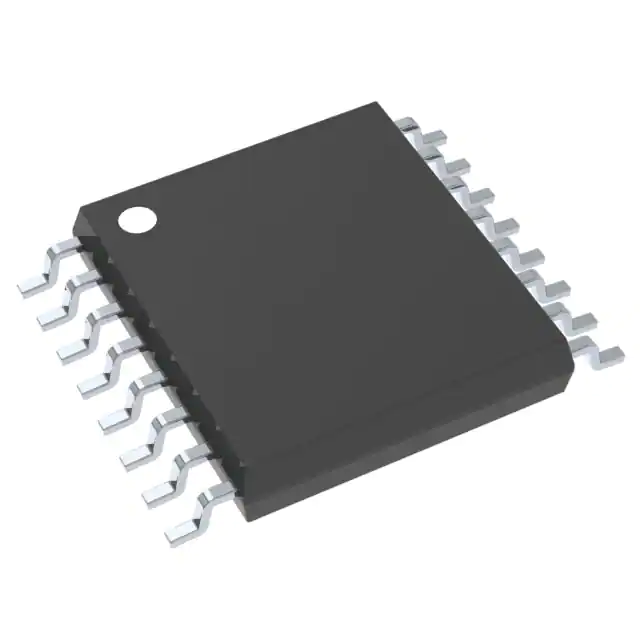Introduction: What is the 74HC138D?
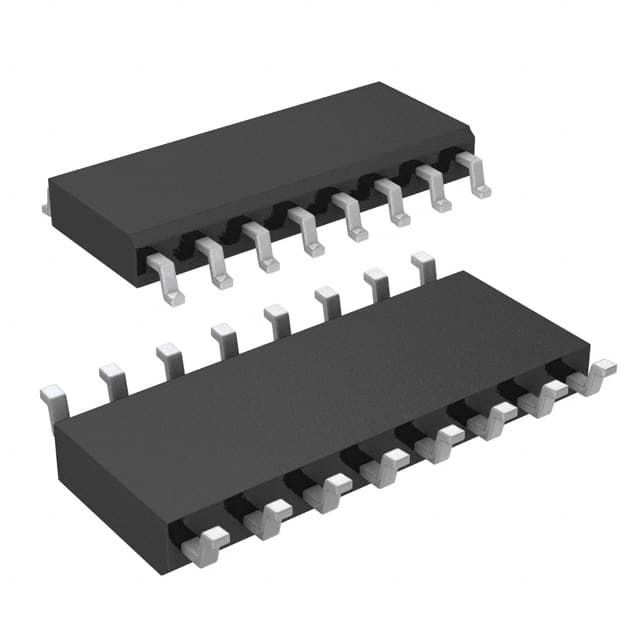
- Part No.:
- 74HC138D
- Manufacturer:
- Toshiba Semiconductor and Storage
- Package:
- 16-SOIC (0.154", 3.90mm Width)
- Description:
- IC DECODER 1 X 3:8 16SOIC
- Quantity:
- Payment:

- Shipping:

Article Details
- Details
- Specifications
- Comparison
The 74HC138D is a high-speed CMOS 3-to-8 line decoder/demultiplexer. Often used in digital circuits, this tiny IC helps manage multiple outputs using fewer input lines. Whether you're designing a microcontroller project or dealing with memory address decoding, the 74HC138D is a reliable choice.
You can find more in the 74hc138d datasheet pdf, often available from NXP or Philips archives.
In Russia and Eastern Europe, the аналог (analog, or equivalent) of 74HC138D is sometimes used to denote compatible chips from local manufacturers or cross-reference parts.
Examples of analog ICs include:
From LED control to memory decoding, the 74HC138D proves itself a powerful tool, often underestimated due to its simplicity.
For any circuit involving multiple outputs and limited input pins, remember: 74HC138D might just be the chip you're looking for.
Manufactured by major semiconductor brands like NXP, Philips, and others, the 74HC138D is a key component in various industrial and hobbyist electronics. The 74hc138d datasheet pdf provides critical specs, but in this article, we'll break them down in simple terms.
Basic Function of 74HC138D
At its core, the 74HC138D takes 3 binary inputs (A0, A1, A2) and enables one of eight outputs (Y0 to Y7), while the others remain high. This makes it extremely useful in applications like:- Multiplexed displays
- Memory selection
- Microcontroller I/O expansion
- Logic design and educational kits
74HC138D Pinout and Package
The 74HC138D comes in SOIC-16 (Small Outline Integrated Circuit) format, which is suitable for surface mounting on PCBs. Here's a quick view of the pin functions:|
Pin |
Name |
Function |
| 1 | A0 |
Input |
| 2 | A1 |
Input |
| 3 | A2 |
Input |
| 4 | G2A |
Enable (active low) |
| 5 | G2B |
Enable (active low) |
| 6 | G1 |
Enable (active high) |
| 7-13 | Y0-Y7 |
Outputs |
| 15 | VCC |
Power (+2V to +6V) |
| 8 | GND |
Ground |
You can find more in the 74hc138d datasheet pdf, often available from NXP or Philips archives.
NXP vs Philips: Who Makes 74HC138D?
Two common brands you'll find associated with this chip are:- NXP: The most recognized current supplier. The 74hc138d nxp datasheet shows low power consumption and high noise immunity.
- Philips: Older versions or legacy stock may carry the 74hc138d philips marking. Philips Semiconductors was the predecessor of NXP, so the core functionality remains identical.
Compatibility with 652 and 653
A common question is how 74hc138d 652 or 74hc138d 653 differ or relate.- 652/653 usually refer to board or socket designations in modular or microcontroller environments where the 74HC138D is used.
- For example, a circuit might refer to "use IC 652" which internally maps to a 74HC138D decoder.
74HC138D BJ and International Naming
In some markets like China, you may come across the name 74hc138d bj, where "BJ" may indicate the supplier location (Beijing) or local branding conventions.In Russia and Eastern Europe, the аналог (analog, or equivalent) of 74HC138D is sometimes used to denote compatible chips from local manufacturers or cross-reference parts.
Examples of analog ICs include:
- SN74HC138D by Texas Instruments
- MC74HC138ADR2 by ON Semiconductor
- TC74HC138AF by Toshiba
How to Read the 74HC138D Datasheet PDF
If you want to go deeper, download the 74hc138d datasheet pdf and focus on these areas:- Absolute Maximum Ratings: Protect your chip by staying below these voltage/current limits.
- Recommended Operating Conditions: For best performance, stay within 2V–6V Vcc.
- Switching Characteristics: Understand propagation delays (tPLH, tPHL) to avoid timing errors in fast circuits.
Practical Applications of IC 74HC138D
Now, let's see where you might use a 74HC138D:- Microcontroller I/O Expander→ Use 3 GPIO pins to control 8 different devices (like relays or LEDs).
- Memory Address Decoder→ Select between ROM chips or RAM banks in vintage or embedded computing.
- Digital Displays (LEDs or 7-Segment)→ Decode control signals and direct outputs to lighting elements.
- Sensor Arrays or Logic Signal Routing→ Efficiently switch between multiple signal sources or logic paths.
Tips for Beginners
- Don't forget the enable pins! If you leave G2A or G2B high, or G1 low, the IC won't work.
- Pull-down resistors on the input pins can help stabilize signals.
- Combine with a 74HC00 NAND gate or SN74LS04 inverter for creative logic designs.
Conclusion
The 74HC138D is much more than just a decoder IC. Its simple logic, small size, and flexibility make it a favorite for beginners and professionals alike. Whether you refer to the 74hc138d nxp datasheet, a philips version, or search for a 74hc138d аналог, you're dealing with a classic and essential chip in digital logic design.From LED control to memory decoding, the 74HC138D proves itself a powerful tool, often underestimated due to its simplicity.
For any circuit involving multiple outputs and limited input pins, remember: 74HC138D might just be the chip you're looking for.
- Product attributes
- Attribute value
- Manufacturer:
- Toshiba Semiconductor and Storage
- Series:
- 74HC
- Package/Case:
- 16-SOIC (0.154", 3.90mm Width)
- Packaging:
- Tape & Reel (TR)
- Product Status:
- Active
- Resistance:
- Decoder/Demultiplexer
- Tolerance:
- 1 x 3:8
- Power (Watts):
- 1
- Composition:
- 5.2mA, 5.2mA
- Features:
- Single Supply
- Temperature Coefficient:
- 2V ~ 6V
- Operating Temperature:
- -40°C ~ 125°C
- Supplier Device Package:
- -
- Ratings:
- -
- Size / Dimension:
- Surface Mount
- Height - Seated (Max):
- 16-SOIC
- Number of Terminations:
- Failure Rate:
| Image |  |
| Part Number | 74HC138D |
| Manufacturer | Toshiba Semiconductor and Storage |
| Series | 74HC |
| Package/Case | 16-SOIC (0.154", 3.90mm Width) |
| Packaging | Tape & Reel (TR) |
| Product Status | Active |
| Type | Decoder/Demultiplexer |
| Circuit | 1 x 3:8 |
| Independent Circuits | 1 |
| Current - Output High, Low | 5.2mA, 5.2mA |
| Voltage Supply Source | Single Supply |
| Voltage - Supply | 2V ~ 6V |
| Operating Temperature | -40°C ~ 125°C |
| Grade | - |
| Qualification | - |
| Mounting Type | Surface Mount |
| Supplier Device Package | 16-SOIC |
inventory:8,609
Please send an inquiry. Send us your inquiry, and we will respond immediately.
-
SN74HC138DR
Texas Instruments
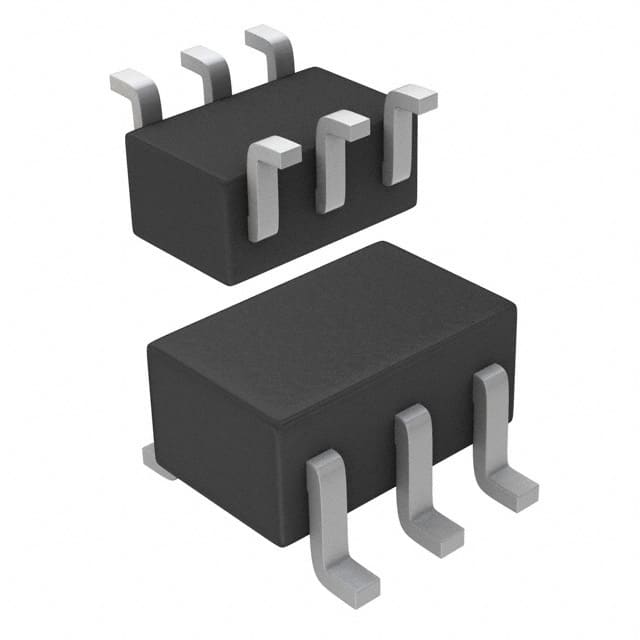
-
TC7SB3157CFU,LF(CT
Toshiba Semiconductor and Storage
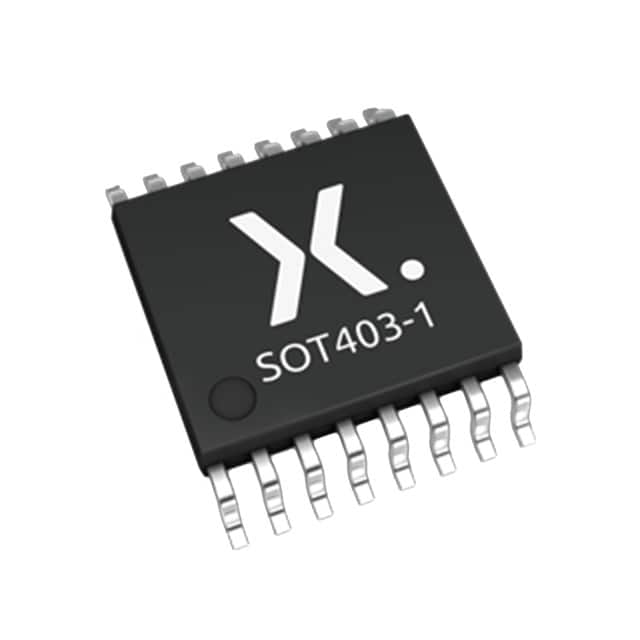
-
74CBTLV3257PW,118
Nexperia USA Inc.
-
SN74CBTLV3257PWR
Texas Instruments
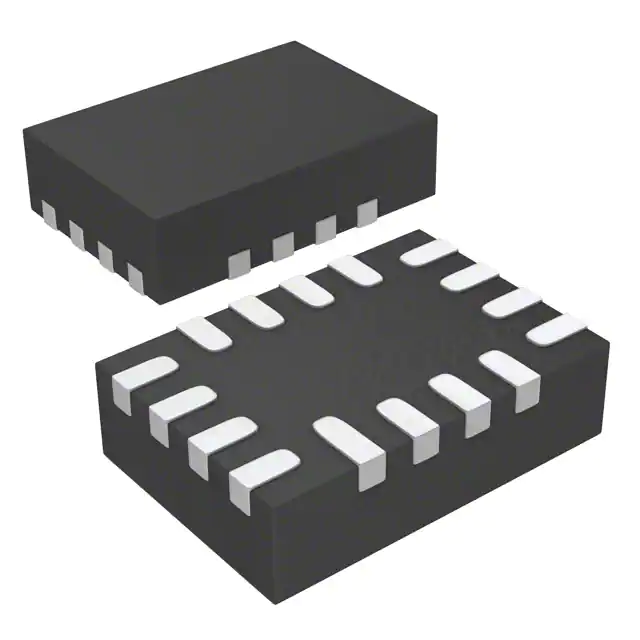
-
74CBTLV3257GUX
Nexperia USA Inc.
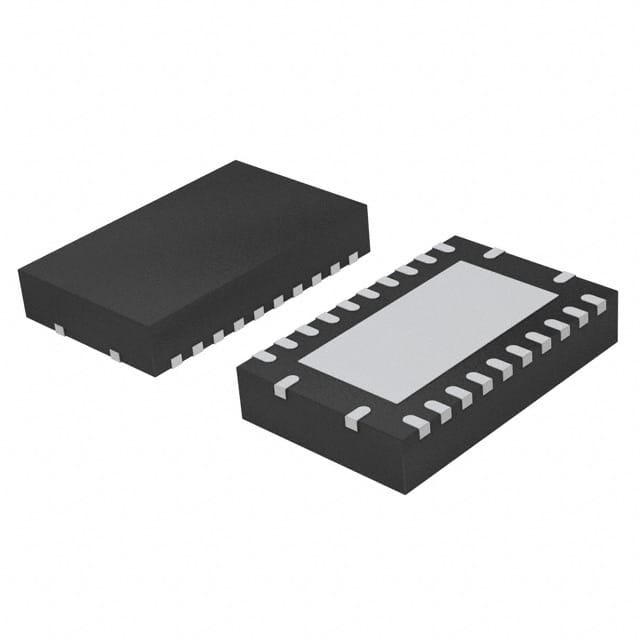
-
74HC154BQ,118
Nexperia USA Inc.

